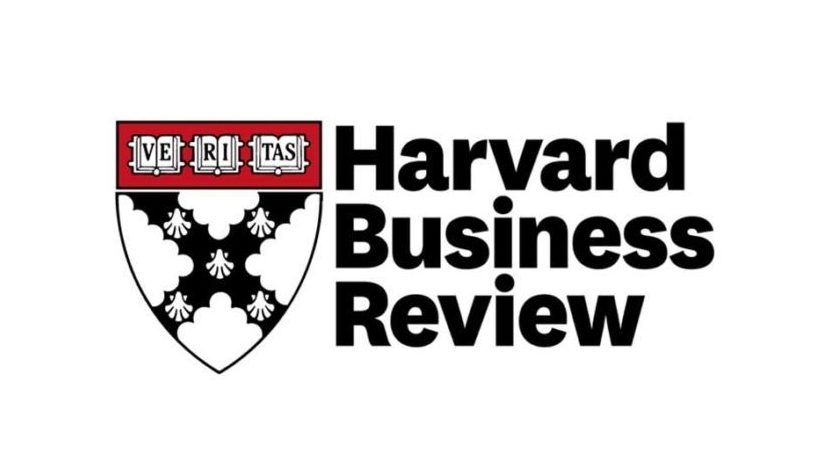Amazon came under fire last week after its board opposed a shareholder proposal to increase the diversity of the board. (Update: Amazon announced on Monday that it would adopt the shareholder diversity proposal.) CtW Investment Group, an activist shareholder group, requested that Amazon implement something much like the “Rooney Rule,” a requirement instituted by the NFL in 2003 that every team must interview at least one minority candidate for an open head coach or general manager position. In Amazon’s case, the proposal requires that “the initial list of candidates from which new management-supported director nominees are chosen should include (but need not be limited to) qualified women and minority cand idates.” Currently, all 10 of the directors on Amazon’s board are white, and seven are men.
Companies like Microsoft and Costco use this type of process for their board selection, as increasing diversity of candidate slates is an important step for increasing diversity of the board overall. But Amazon’s board recommended voting against the proposal. In its SEC proxy statement to shareholders, the company stated that it already has “complex processes” in place to select board members and that this new requirement would not be a good use of its time or resources. Amazon’s communications representative suggested that using a policy like the Rooney Rule is likely to create a “check the box” approach, which is something I’ve found in previous research.
However, two points are worth mentioning. First, this suggestion misinterprets my findings with coauthors David Hekman and Elsa Chan in HBR. Our research, which explored status quo bias, or the desire to preserve the current state of things, found that when there is only one woman or person of color in a finalist pool of job candidates, that candidate stands out so much that they have essentially no chance of being hired. This is consistent with the idea that simply interviewing one African American applicant — as required by the Rooney Rule — would not create change. But importantly, we also found that interviewing two women or minority candidates can make the difference and lead to their hiring. So the evidence suggests that mandating diverse candidate slates can improve diversity overall.











Leave A Comment